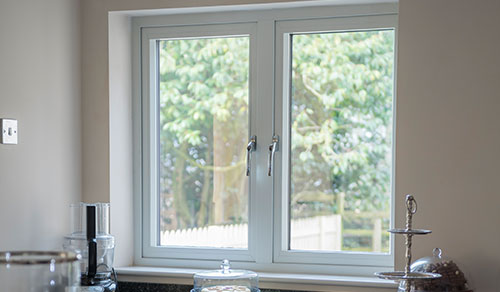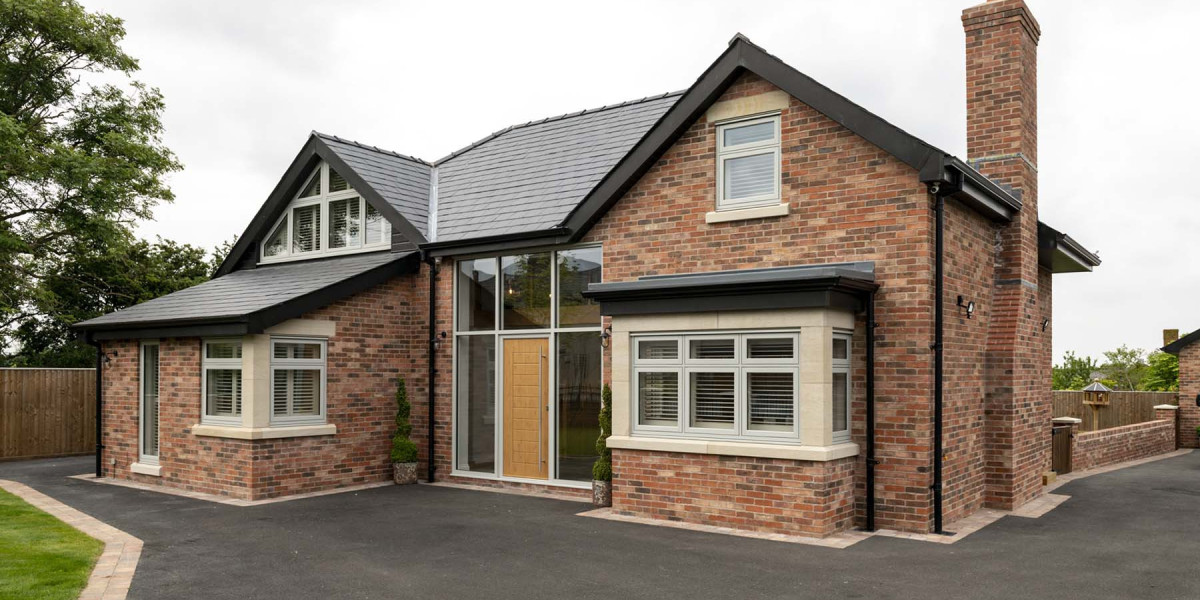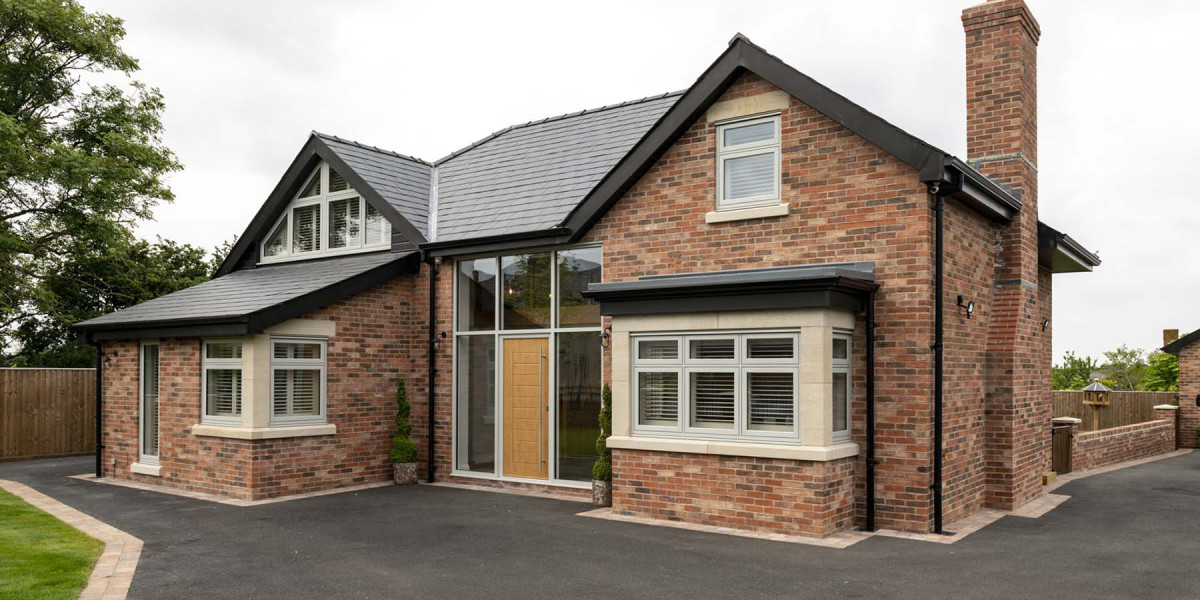In recent years, the architectural landscape has evolved significantly, with a growing trend towards open spaces and transparent designs. One of the most innovative solutions that have emerged in this context is the use of glass partitions. These versatile structures not only enhance the aesthetic appeal of interiors but also offer numerous functional benefits. This article delves into the various aspects of glass partitions, exploring their types, advantages, applications, and considerations for installation.
Understanding Glass Partitions
Glass partitions are non-load-bearing walls made predominantly of glass. They can be used to divide spaces while allowing natural light to flow through, creating an illusion of openness. Unlike traditional walls, glass partitions can be framed or frameless, depending on the design requirements. The use of glass in interior design has gained popularity due to its ability to create visually appealing environments that foster collaboration and communication.

Types of Glass Partitions
- Framed Glass Partitions: These consist of glass panels set within a frame, typically made of aluminum or steel. The frame provides structural support and can be designed to match the overall aesthetic of the space.
- Frameless Glass Partitions: As the name suggests, these partitions do not have a visible frame, giving a sleek and modern appearance. They are often held in place with specialized hardware and are ideal for contemporary designs.
- Single and Double Glazed Partitions: Single-glazed partitions consist of one layer of glass, while double-glazed partitions have two layers with an air gap in between. Double glazing provides better insulation and soundproofing, making it suitable for offices and conference rooms.
- Movable Glass Partitions: These partitions can be reconfigured as per the need of the space. They are ideal for multi-functional areas that require flexibility, allowing for quick changes in layout.
- Decorative Glass Partitions: These partitions incorporate various designs, textures, and finishes, such as frosted, etched, or colored glass, adding a unique touch to the interior while still serving the purpose of separation.
Benefits of Glass Partitions
- Natural Light Enhancement: One of the most significant advantages of glass partitions is their ability to allow natural light to penetrate deeper into a space. This not only reduces the need for artificial lighting but also creates a more inviting and pleasant environment.
- Visual Connectivity: Glass partitions maintain visual connectivity between different areas, promoting a sense of openness. This is particularly beneficial in office settings where collaboration and communication are essential.
- Sound Insulation: While glass partitions are known for their transparency, double-glazed options can provide excellent sound insulation, making them suitable for offices, conference rooms, and other areas where privacy is crucial.
- Aesthetic Appeal: Glass partitions add a modern and sophisticated touch to any space. Their sleek design can enhance the overall aesthetic, making them a popular choice for contemporary interiors.
- Space Optimization: Windows By Ideal Glass using glass partitions, organizations can maximize their available space. They can create distinct areas without the bulkiness of traditional walls, allowing for more efficient use of square footage.
- Easy Maintenance: Glass surfaces are relatively easy to clean and maintain. Regular cleaning with appropriate glass cleaners can keep them looking pristine, making them a practical choice for busy environments.
- Sustainability: Glass is a recyclable material, and many glass partitions are designed with sustainability in mind. By allowing natural light and reducing the need for artificial lighting, they contribute to energy efficiency in buildings.
Applications of Glass Partitions
Glass partitions are versatile and can be used in various settings, including:
- Office Spaces: In modern workplaces, glass partitions are commonly used to create private offices, meeting rooms, and collaborative spaces. They help in delineating areas while maintaining an open feel.
- Retail Environments: Retailers use glass partitions to create distinct sections within a store without obstructing visibility. This can enhance the shopping experience by allowing customers to see various products and displays.
- Hospitality: In hotels and restaurants, glass partitions can create intimate dining areas or private lounges while still allowing for an airy atmosphere.
- Healthcare: Glass partitions are increasingly used in healthcare settings, such as clinics and hospitals, to create private consultation rooms that are still bright and welcoming.
- Residential Spaces: Homeowners are also adopting glass partitions to create open-plan living areas, separate bedrooms from living spaces, or even as decorative elements within their homes.
Considerations for Installation
While glass partitions offer numerous benefits, there are several factors to consider before installation:
- Building Codes and Regulations: It is essential to check local building codes and regulations regarding the use of glass partitions, especially in commercial settings.
- Safety and Security: Safety is a crucial consideration when installing glass partitions. Tempered or laminated glass is recommended to ensure durability and reduce the risk of breakage.
- Acoustic Performance: If sound insulation is a priority, opting for double-glazed glass partitions can help achieve the desired level of acoustic performance.
- Design Integration: Glass partitions should complement the overall design of the space. Collaborating with an architect or interior designer can help ensure a cohesive look.
- Budget: While glass partitions can be a cost-effective solution in the long run, initial installation costs can vary. It is vital to consider the budget and explore different options to find the best fit.
Conclusion
Glass partitions have revolutionized the way we design and utilize spaces in both commercial and residential settings. Their ability to enhance natural light, maintain visual connectivity, and provide aesthetic appeal makes them a popular choice among architects and interior designers. As the demand for open and flexible spaces continues to grow, glass partitions will undoubtedly play a pivotal role in shaping the future of modern architecture. By carefully considering the types, benefits, applications, and installation factors, individuals and organizations can make informed decisions that enhance their environments and foster productivity, creativity, and collaboration.









